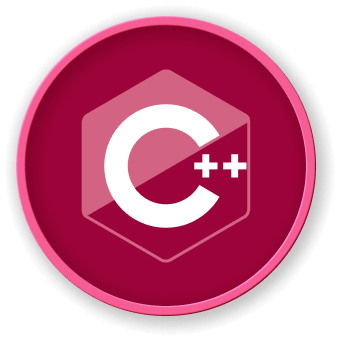Introduction
This lab will guide you through implementing the concept of Class and its members in C++ programming. The class is a user-defined data type that works as a blueprint for objects. Members of the class can be variable or functions, and they can be defined as public, private, or protected.



